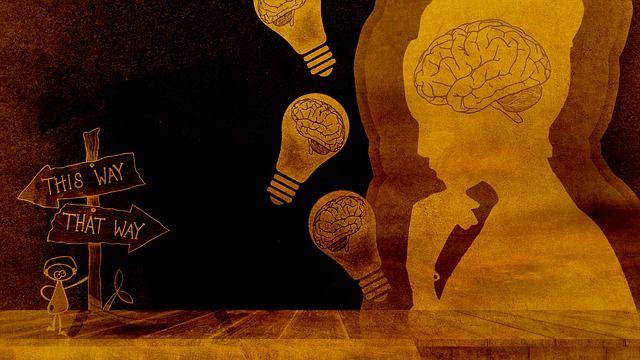Have you ever spent hours and hours trying to figure out what to watch while you eat? Let's be honest, all of us have been there. Neuroscientists predict that a human makes about 35,000 decisions per day. Important choices shape our lives. Hence, elders and teachers must dutifully teach children or students the skill of responsible decision making. Students need to be instructed directly to master this skill. Plenty of practice is also required to attain the ability to make the right decision.
Why is it important for students to learn decision making?
Humans might not spend much time thinking about trivial decisions like choosing an outfit, but unconsciously small decisions are made throughout the day. These small choices are mostly subconscious and reflect the practice of decision making over a long time. While adults are well-experienced in this, children are not. They are not used to making logical decisions. The sooner students learn decision-making skills, the better prepared they will be to face major challenges in life beyond making minor decisions.
A teacher plays a vital role in teaching students the decision making process. Even if a student is good at solving problems, it doesn’t necessarily mean that they will be able to make a good decision when given more than one option. Same as adults, children unknowingly make multiple decisions throughout the day but might not be aware that this process of decision making affects their mental health.
Decision-making skills can help students solve their anxiety issues as they encounter complex situations. Students, especially teenagers, suffer from anxiety as they lack the ability to cope with the physiological changes occurring. As a teacher, teaching students the skills to make good decisions empowers them and builds their self-confidence.
Three important criteria for making a good decision
Teachers must stress the three primary requirements or criteria to help their students become good decision-makers.
The first is values. Values play an important role in shaping student behaviors. Their attitude depends on their beliefs. Attitude, in turn, produces feelings, and feelings ultimately determine behavior.
The next and probably the most crucial factor for making a good decision is common sense. It influences the selection of one thing over another. Teachers must especially emphasize the importance of developing a common sense for making decisions in life.
The last criterion is experience. We all know how vital a role experience plays in our decision-making ability as we learn to make decisions through and based on past experiences. Teachers should encourage students to derive lessons in decisions formed, good or bad, and strategize improvements to move ahead.
Steps involved in the decision making process
- The first step in the decision-making process is identifying pain points; teachers should guide their students to question themselves with specific questions. For example, What exactly is the problem? Is it necessary to solve the problem? Why should this problem be solved? Who is affected by the problem?
- The next step involves gathering relevant information. Here students figure out what information is needed to make their decisions. Students will be able to collect some information through self-assessment. For this, they need to ask themselves questions like: What do I want? What is required to solve the problem? What are my values? Sometimes self-assessment might not be enough, and additional sources like books, online resources, people, etc., may help fetch relevant information.
- Following, students devise solutions to the problem. Teachers must encourage students to think of various solutions, allowing them to think about the problem from different perspectives and analyze the other solutions.
- Further, analyze the possible solutions and arrive at the best one. Teachers must be patient in listening to their students’ solutions and comparing the various options. As they go through this process, they develop an ability to differentiate between options and rank them in order based on the option they think will solve the problem best.
- Finally, decide. After students have analyzed the options, they are ready to make a choice. The best solution can be selected based on the previously mentioned step, or it might be a combination of alternatives they thought. A teacher may guide the students in this part.
- Now the students are ready to act and implement the decision they believe is the best solution to the problem. If students feel they need help to implement their decision, teachers must promptly help them. Or they might be given the freedom to choose the decision implementation process.
- In this step, students evaluate the result of their decision. They determine whether their decision solved the problem or not. If students fail to solve the problem, the teacher must encourage them to retry the brainstorming session mentioned in the third step. If required, the second step can also be repeated.
Conclusion
The ability to make decisions helps students become more independent, responsible, and confident. It gives them a sense of control over their lives, reduces their anxiety issues, and thus promotes resilience. Furthermore, it encourages self-exploration and helps them gain valuable experiences. Experience gain also helps to strengthen their values. Teachers have the power to make the decision making process easier for students by guiding them to analyze through solutions and make correct choices.
Constantly remind students that it is entirely okay if a wrong decision is taken. Ensure they learn from their past experiences, as it is what solidifies their decision-making ability.
Teachmint is keen on changing the future of education with its advanced LMS and ERP tools. With more than 20+ modules for educational institutions like admission management, attendance management system, performance management, and more; it is changing the teaching-learning experience.






